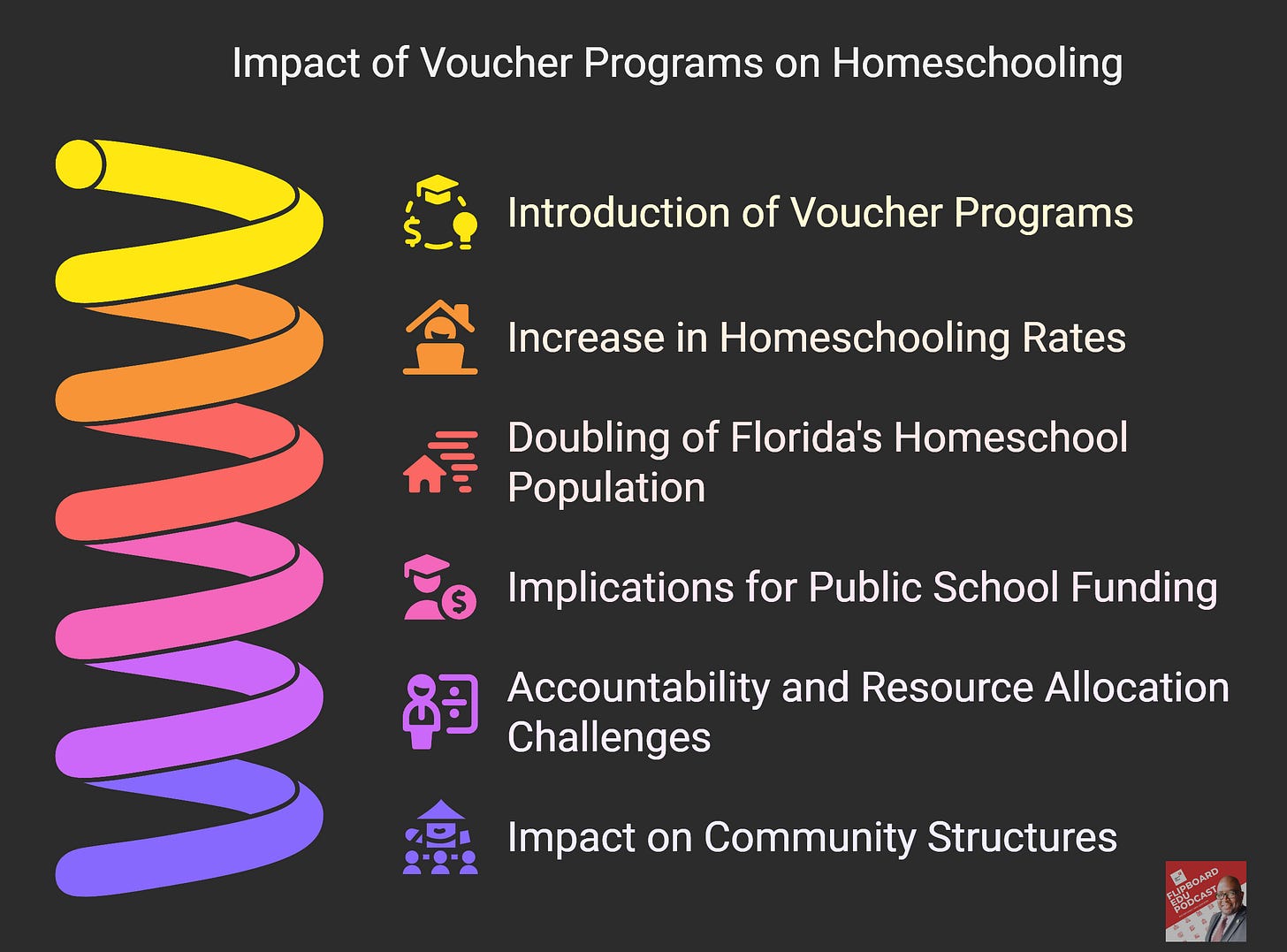Texas is at a critical juncture in education policy, with lawmakers debating a controversial school voucher system. This debate raises significant concerns among educators and policymakers about the future of public education and the Teacher Retirement System of Texas (TRS). This article explores the potential impacts of voucher programs on Texas educators' retirement benefits, providing a clear and factual overview of what teachers can expect if vouchers become law.
Understanding the Teacher Retirement System (TRS)
Established in 1937, the TRS provides retirement, disability, and death benefits to nearly 1.9 million current and former Texas public educators. It operates as a defined-benefit pension, meaning retirement payments are determined by a formula based on years of service and final average salary, rather than individual contributions.
In 2022, TRS paid over $12.9 billion in pension benefits, with the average retiree receiving a monthly annuity of approximately $2,174. The system is funded by contributions from teachers (8% of their salary), the state (7.75%), and employers (1.7%) (Texas Tribune, 2025).
Proposed School Voucher Legislation: HB 3 and SB 2
Texas legislators are considering two significant voucher proposals: House Bill 3 (HB 3) and Senate Bill 2 (SB 2). Both aim to allocate roughly $1 billion towards education savings accounts for families to fund private school tuition and other educational expenses. However, they differ in funding allocation: HB 3 ties voucher amounts to public education funding, while SB 2 provides a flat $10,000 per student, with additional funds for students with disabilities (Impact Report, 2025).
How Vouchers Could Impact TRS
Reduced Contributions and Pension Stability:
A major concern is that voucher programs might reduce public school enrollment, directly impacting funding based on attendance. If students transfer to private institutions, fewer teachers would be employed in public schools, leading to decreased contributions to TRS. Actuarial studies suggest even a 1% annual decrease in active payroll could extend the period required to address unfunded liabilities from 30 to 35 years, undermining TRS's long-term sustainability (Texas Tribune, 2025).
Representative Vikki Goodwin highlighted this risk: "The shift in resources from public schools will lead to fewer public school teachers, meaning fewer folks paying into Texas' Teacher Retirement System" (Austin Chronicle, 2023).
Impact on Teacher Salaries:
Lower public school enrollment due to vouchers could further constrain district budgets, potentially leading to stagnant or reduced teacher salaries. As TRS contributions are calculated as a percentage of salaries, decreased compensation means smaller contributions to the retirement fund, exacerbating existing financial challenges. Retired educator Lydia Carrillo-Valdez pointed out, "If teachers are paid less, their contributions to TRS are also less, compounding the negative effect on the pension system" (Texas Tribune, 2025).
Economic Implications:
TRS not only supports retirees but also significantly stimulates local economies. In 2022, TRS disbursed nearly $47.6 billion in pension and healthcare benefits statewide, contributing to economic stability. A weakened TRS could have ripple effects across local economies, particularly in rural areas heavily reliant on public school employment (Impact Report, 2025).
Broader Demographic Concerns:
The voucher debate is complicated by demographic shifts, such as declining birth rates, which reduce school enrollments and the need for teachers. Smaller cohorts mean fewer contributors to pension funds, exacerbating financial strains. Additionally, an aging population increases the ratio of retirees to active contributors, further pressuring systems like TRS (Chicago Fed, 2009).
Homeschooling Surge and its Implications
The introduction of voucher programs has also significantly increased homeschooling rates, as seen in Florida. Florida's homeschool population doubled from about 77,000 in 2013 to 155,000 in 2023, largely driven by vouchers covering education-related expenses. This shift has implications for public school funding, accountability, resource allocation, and local community structures, potentially further reducing students and educators in public schools and exacerbating funding and retirement contribution challenges (Florida Trend, 2024); (Capitolist, 2024).
Arguments Against Voucher Programs:
Critics argue vouchers divert essential funding from public education, lack sufficient accountability, disproportionately benefit wealthier families, threaten rural schools, and could inadvertently increase educational disparities. They also note the administrative inefficiency and additional costs associated with managing a parallel education funding system (Austin Chronicle, 2023).
Conclusion: Navigating the Future
As Texas lawmakers deliberate the voucher issue, teachers must stay informed about potential impacts on retirement stability and the broader educational landscape. While proponents emphasize educational choice, critics highlight significant risks to the long-term viability of TRS and public school funding. Teachers should engage in the debate, advocating for policies that support both robust educational opportunities and secure retirement benefits. Educators, policymakers, and communities must collaborate to balance innovation with responsibility, ensuring that the future of Texas education supports both students and those who educate them.







